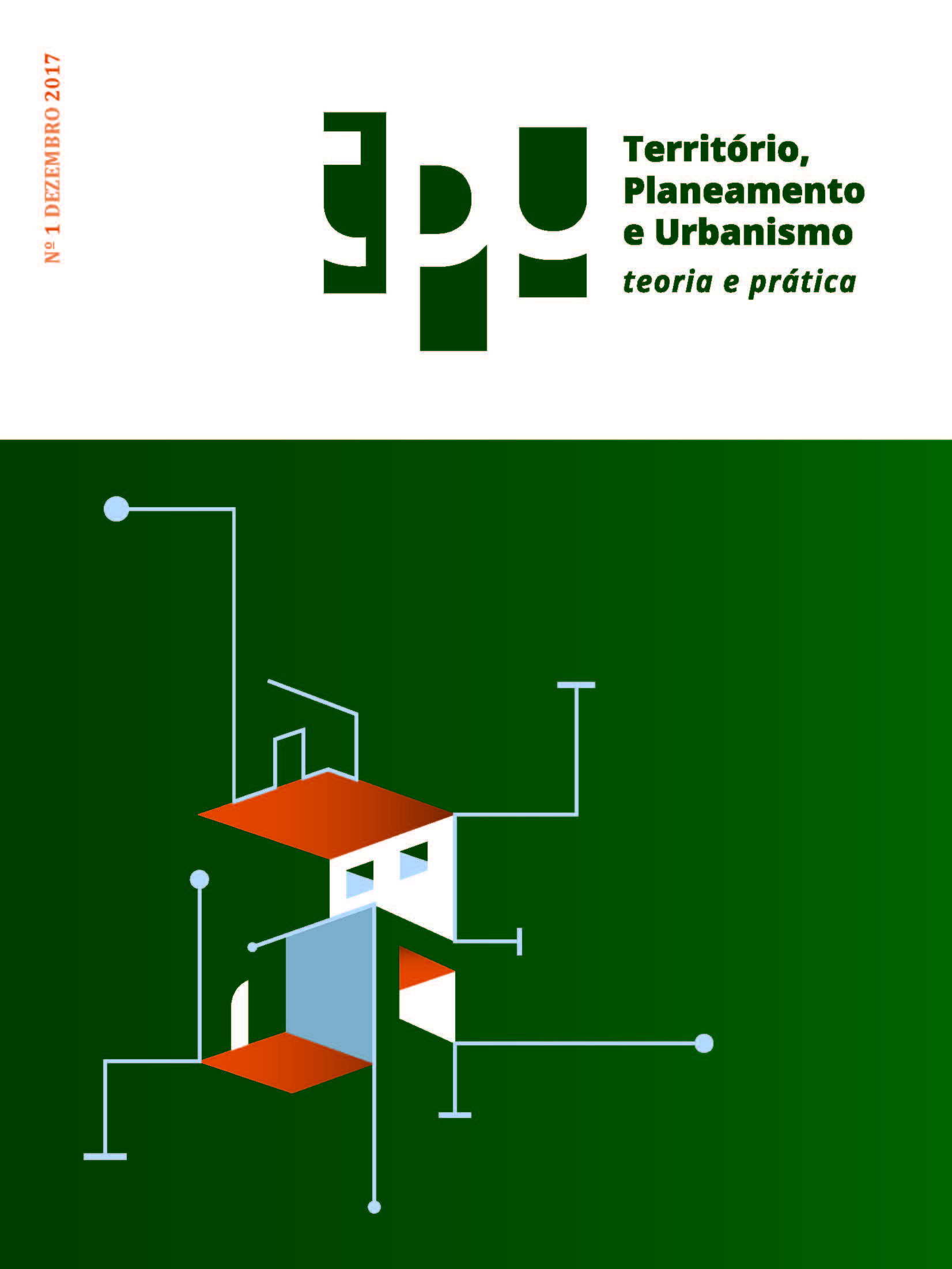A dimensão social e simbólica da rua
Abstract
For more than a century, the street has been the scene of successive trials, directed not only to its own physical structure but also to the relationships it establishes with the surrounding buildings and spaces. The great turning for a new model of street occurs in the XX century with the modern postulates - CIAM -, which, in one way or another, deprived the street of its traditional and civic function, charging it with overloads driven by the motorization that led to its social disruption.
But it was in the street (and in the square) that citizens’ movement and life were institutionalized. In this article we retake the narrative of the traditional street importance, as a privileged place of interaction and citizenship, in the light of its intrinsic urban qualities, such as scale containment, meeting-place notion, social and civic interaction, image and symbology, security and comfort, among others. At the same time, one emphasizes its capacity to perpetuate, even today, in the contemporary city, the urban qualities indispensable not only to match the inclusive civic life, but also the cultural capital imbued in the tradition of the harmonious principles of composition of spaces, probably an equilibrium factor between the confrontation of morphological diversity and the complexity of recent urban structures.
References
Alberti, L. B. (1986). The Ten Books of Architecture (1755 Leoni ed.). New York: Dover Publications.
Alves, F. B. (2009). A Rua e a Bola de Cristal / The street and the crystal ball. In Argumentos de Razón Técnica (A Spanish Journal on Science, Technology and Society, and Philosophy of Technology), Serie Especial (N. 2, pp. 69-78). Sevilha: Universidade de Sevilha.
Alves, F. B. (2003). Avaliação da Qualidade do Espaço Público Urbano – Proposta Metodológica. Lisboa: Fundação Calouste Gulbenkian / Fundação para a Ciência e Tecnologia.
Appleyard, D. (1981). Livable Streets. Berkeley, CA: University of California Press.
Bentley, I., Alcock, A., McGlynn, S., Murrain, P., Smith, G. (1992). Responsive environments: A manual for designers. Oxford: Butterworth Architecture.
Bhowmik, S. K. (2005). Street Vendors in Asia: A Review. Economic and Political Weekly, May 28 - June 4, 2256-2264.
Carmona, M., Heath, T., Oc, T., Tiesdell, S. (2003). Public places - Urban spaces: The dimensions of urban design. Oxford: Architecture Press.
Dumbaugh, E., Rac, R. (2009). Safe Urban Form. Journal of the American Planning Association, 75(3), 309-329.
Edensor, T. (1998). The culture of the Indian street. In N. R. Fyfe (Ed) Images of the street: planning, identity and control in public space (pp. 205-221). London and New York: Routledge.
Fernando, N. A. (2007). Open-Ended Space: Urban Streets in Different Cultural Contexts. In K. A. Frank & Q. Stevens (Eds) Loose Space: Possibility and Diversity in Urban Life (pp. 54-72). London and New York: Routledge.
Fyfe, N. R. (Ed) (1998). Images of the street: Planning, identity and control in public space. London and New York: Routledge.
Gehl, J. (1987). Life Between Buildings: Using Public Space. Copenhagen: The Danish Architecture Press.
Hass-Klau, C., Crampton, G., Dowland, C., Nold, I. (1999). Streets as Living Space: helping public places play their proper role: good practice in guidance with examples from a town centre studies of European pedestrian behaviour. London: Landor Publishing.
Jacobs, A. (2010) The Importance of Streets. In Kang H. C, L. B. Liang and H. Limin (Ed) Asian Streets and Public Space. Singapore: National University of Singapore.
Jacobs, A. B. (1993). Great Streets. Cambridge, MA: MIT Press.
Jacobs J. (1994). The Death and Life of Great American Cities. London: Random House, 1961 & Penguim Books, Harmondsworth.
Karuppannan, S., Sivam, A. (2011). Social Sustainability and Neighbourhood Design: An Investigation of Residents’ Satisfaction in Delhi. Local Environment, Vol. 16 (9).
Lynch, K. (1960). The Image of the City. Cambridge, Mass: The MIT Press.
Mateo-Babiano, I., Leda, H. (2005). Street space renaissance: A spatio-historical survey of two Asian cities. Journal of the Eastern Asia Society for Transportation Studies, 6, 4317-4332.
Mehta, V. (2007). Lively Streets: Determining Environmental Characteristics to Support Social Behavior. Journal of Planning Education and Research, 27(2), 165-187.
Moughtin, C. (1992). Urban Design: Street and Square. Oxford: Butterworth Architecture.
Norberg-Schulz, C. (1971). Existence Space and Architecture. London: Studio Vista.
Owen, J. H. (1987). A Successful Street Design Process. In A. V. Moudon (Ed) Public Street for Public Use (pp. 267-275). New York: Columbia University Press.
Shuhana, S., Bashri, A. S. (2002). The vanishing streets in the Malaysian urbanscape. In Pu Miao (Ed) Public places in Asia Pacific cities: Current issues and strategies (pp. 137-150). Dordrecht: Kluwers Academic Press.
Southworth, M., Ben-Joseph, E. (1996). Streets and the shaping of towns and cities. New York: McGraw-Hill.

